Vegetable Gardening In Sandy Soil
Does your garden have sandy soil? Often, gardeners who have to work in sandy soil will go to great lengths to amend their garden beds with organic material. The objective, of course, is to make the soil more hospitable to a wider variety of plants.
Sandy soil has a gritty texture. Sand is primarily small pieces of eroded rock. The particles are solid and have few – or no – pockets to hold water and nutrients. That's why many plants perform poorly in sandy soil.

Vegetables that Prefer Sandy Habitats
However, sandy soil does have some advantages. The medium drains well, is easier to work, and is less likely to carry bacterial and fungal diseases. Sandy soil also tends to warm earlier in the spring than other soil types, which can mean an earlier growing season.
Below are 10 vegetables that actually do well in sandy soil.
Lettuce
This delicious fresh salad favorite tolerates the dryness of sandy soils better than any other leafy green vegetable. You just need to make sure you water your lettuce daily and regularly, never allowing the soil above the roots to dry out. Hydration is especially important to the plant during hot or windy days.

Carrots
Carrots have tap roots. Clods of soil, like those in clay-based soil types, can obstruct and disrupt root development. Carrots grow better when their root systems can easily penetrate the ground. That need for depth and penetration makes sandy soil a perfect medium for growing the vegetables.
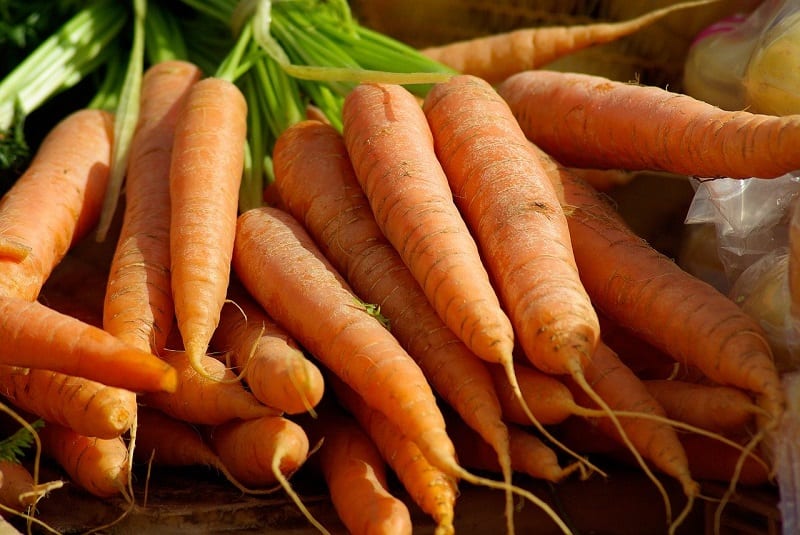
Asparagus
Grown best from the crowns in a sandy soil, asparagus is well-suited to growing in trenches. You can use bone meal or rock phosphate to fertilize your asparagus beds twice a week when growing in sandy soils. The amendments will ensure the highest yields from asparagus plants grown in a porous medium.
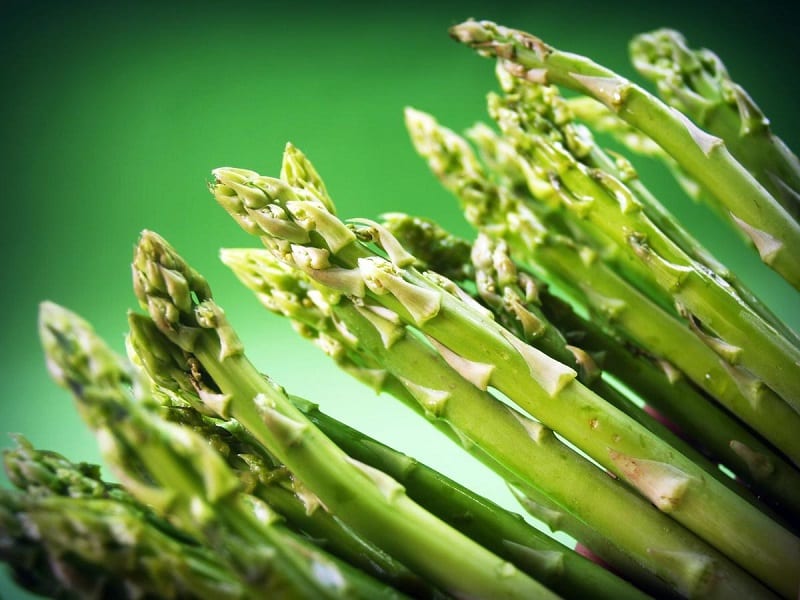
Tomatoes
While tomatoes can grow in many types of soil, they grow and fruit best in well-drained conditions and like loam or sandy loam with a medium texture. These soils provide enough air around the roots to reduce the risk of disease.
Tomatoes tend to root deeply, a tendency well-suited to sandy soil. Apart from holding too much water, heavy clay simply discourages root growth in tomatoes.

Onions and Garlic
Onion and garlic grow beneath the surface of the ground and prefer a sandy habitat. People use these pungent vegetables in almost every savory dish. Similar tasting herbs like chives and green onions will also grow well in a sandy garden bed.
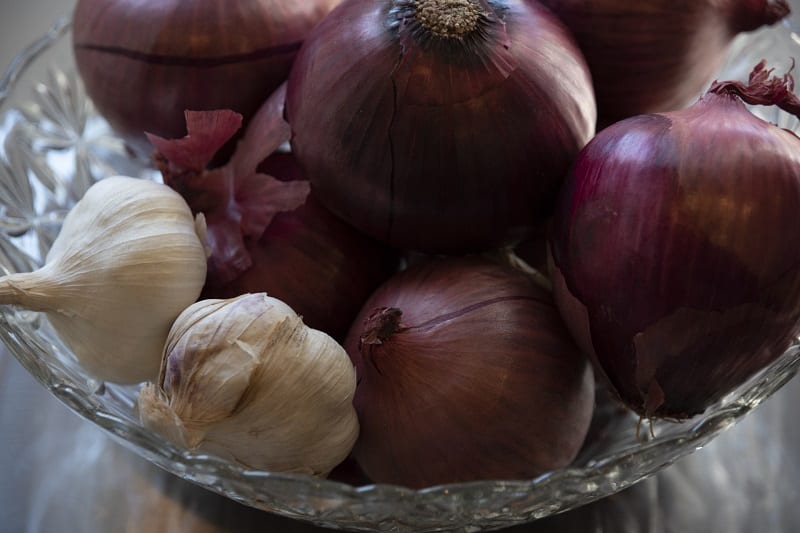
Potatoes
The potato is another root vegetable that flourishes in sandy soil. This is mainly because sandy soils have an acidic soil pH balance. Acidic soils reduce the possibility of scab, a disease that plagues potatoes, often infecting entire crops.
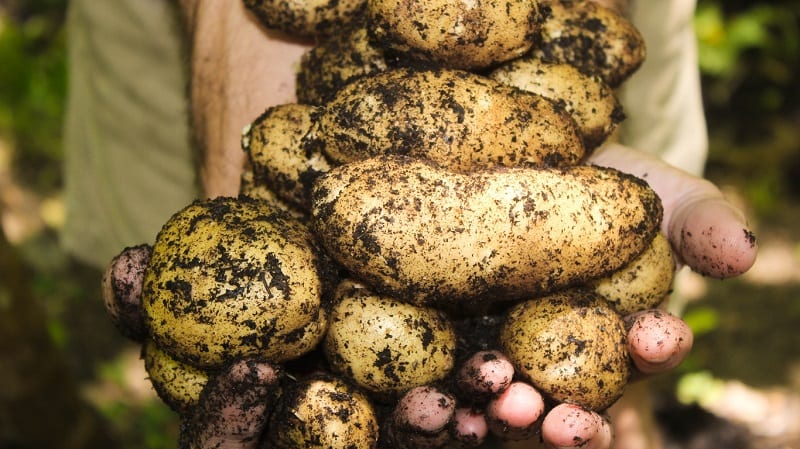
Collard Greens
Just like lettuce, collard greens tolerate the dry conditions of sandy soils better than other leafy greens. The vegetables also do well in the early spring. That makes them more suited for sandy soils, which warm faster than clay-based or loam-based soil.
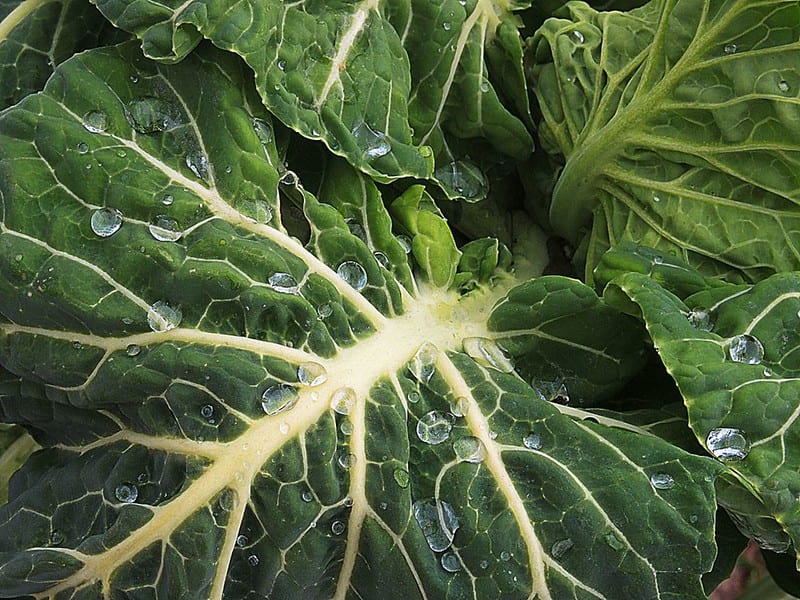
(Photo: Natural Flow/Flickr)
Zucchini
Zucchini is an annual summer crop and a heavy feeder that thrives in the warmth and excellent drainage of sandy habitats. The zucchini is a summer crop that is a heavy feeder. But as long as the plant's fertilizer needs are met, zucchini will produce abundant fruit in a sandy patch of your garden.
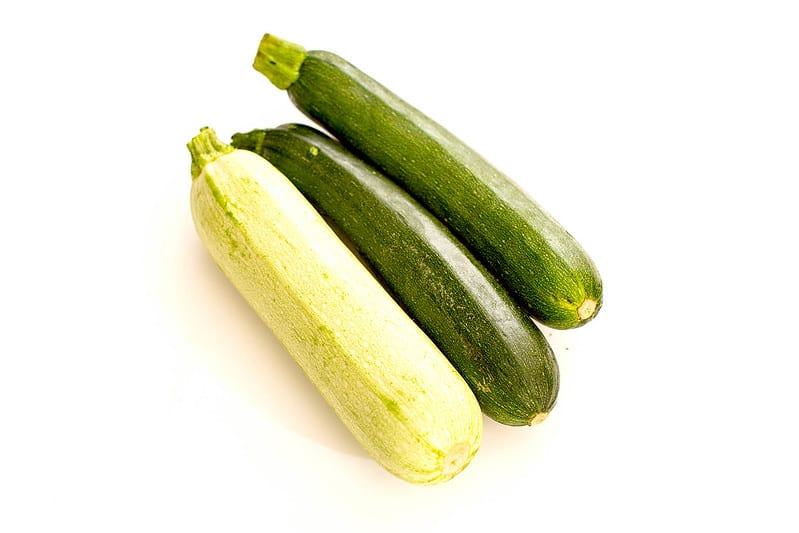
(Photo: Marco Verch/Flickr)
Radish
Radishes will be ready for harvest within three weeks of planting. Their fast turnover will be even more rewarding if the soil surrounding the root vegetable is free of any rocks or compacted soil. Radish plants in loose, sandy soil produce nicely rounded edible roots without indentations.
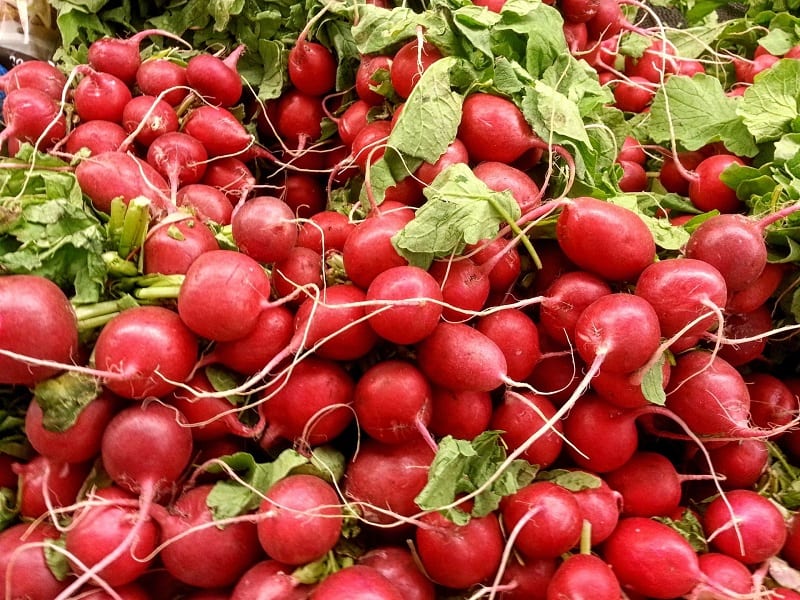
Choosing the Right Vegetables for Your Garden's Soil Type
Sandy soil does not always make for easy gardening. However, quite a few vegetables not only tolerate sandy conditions but actually prefer them.
If your garden has sandy soil, you may want to consider growing the vegetables we've listed above. You might find that you only need to amend a few small beds to accommodate other vegetable varieties.
That would mean a little less work for you and more time to enjoy the fruits of your labors.
Vegetable Gardening In Sandy Soil
Source: https://gardens.theownerbuildernetwork.co/2020/04/28/10-vegetables-to-grow-in-sandy-soil/
Posted by: bootsdoner1941.blogspot.com

0 Response to "Vegetable Gardening In Sandy Soil"
Post a Comment